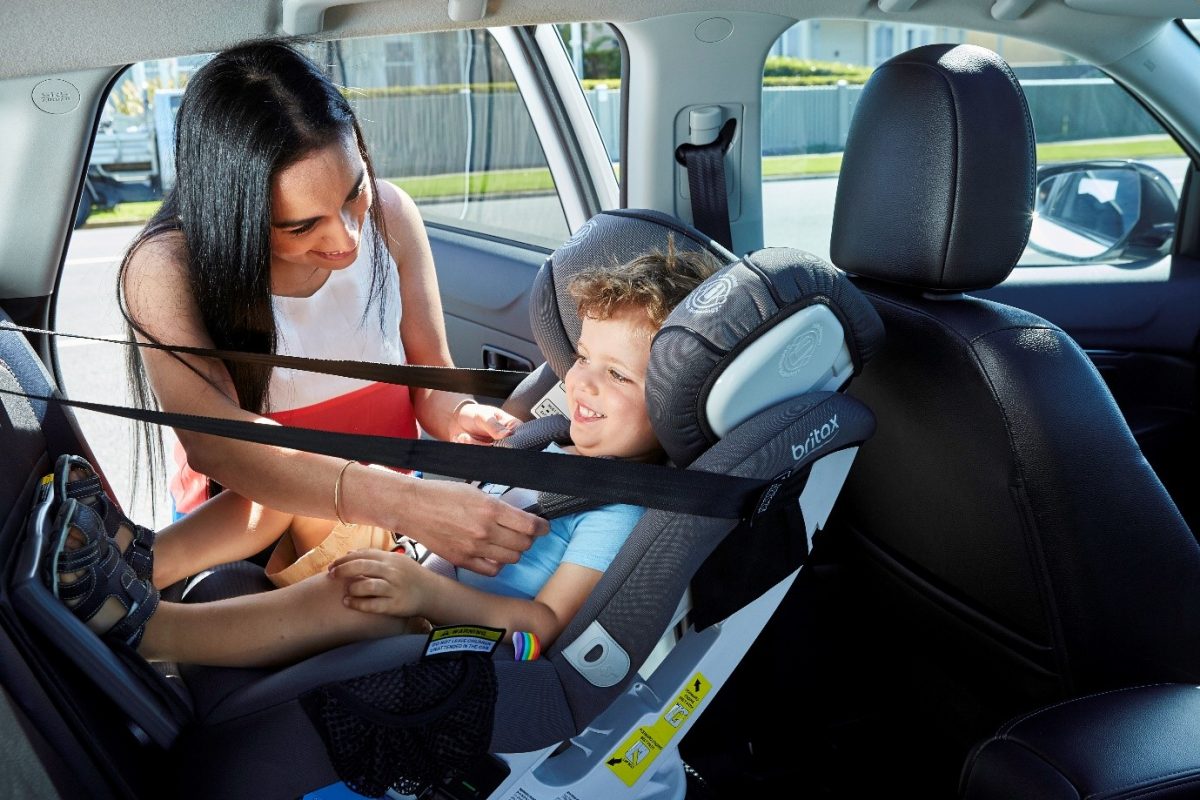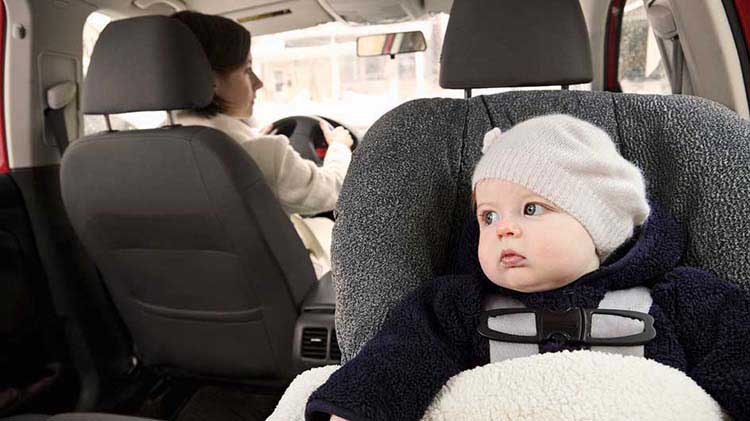
Protect Backseat Passengers with These Simple Steps
Misconceptions about backseat safety can put riders at risk. Learn the backseat basics.

Several studies have shown that the backseat is the safest place for your child, but you still need to take safety precautions to protect both children and adults seated there.
Here are several ways to reduce risks for backseat passengers:
Choose the right restraint
Securing kids properly is the number one guideline for child passenger safety. Your child’s age, height, and weight will determine whether he or she needs a car seat, booster seat, or seat belt. Identify the appropriate safety restraint for your child at Safercar.gov. For more information about child car seat safety, see this summary of common car seat mistakes.
Don’t forget about adults
Unrestrained adults can be injured in the backseat too. They also can injure the driver if thrown forward during impact. For protection, have your passengers sit in the center seat — it is the farthest point from possible impact zones. And be sure your backseat passengers buckle their seat belts.
Shop for safety
Keep backseat passengers in mind when you’re shopping for a new vehicle. Many newer models are equipped with backseat safety features. Side airbags and inflatable seat belts offer more protection, while headrests can help reduce the occurrence of whiplash.
Drive cautiously
Your driving habits also impact your passengers’ safety. Distracted driving is a leading cause of crashes. So put your phone away, give your children a book or movie to keep them occupied, and always keep your eyes on the road.
Misconceptions about backseat safety can put riders at risk. Learn the backseat basics. Several studies have shown that the backseat is the safest place for your child, but you still…